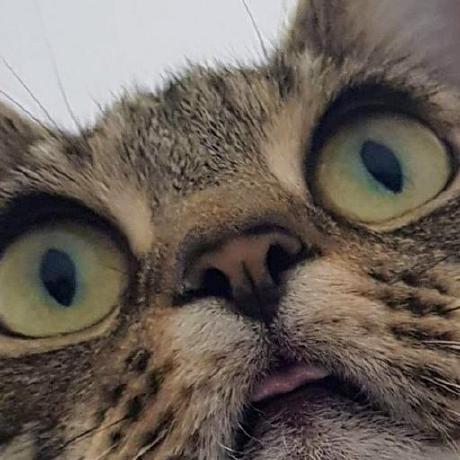Today we are releasing PixiJS Layout v3, a complete rebuild of the library from the ground up. This new version offers a powerful, web-standard way to manage layout inside PixiJS projects, powered by the Yoga layout engine.
More than just a rewrite, v3 represents a major leap forward: it brings true flexbox layout principles to the PixiJS ecosystem, opening up PixiJS to web developers who are used to CSS-style layouts. Whether you are creating a game UI, a dynamic canvas app, or a full interactive experience, you can now use the layout patterns you already know — flex-grow, justify-content, align-items, and more.
In addition, PixiJS Layout v3 integrates seamlessly with PixiJS React, enabling React developers to compose and manage PixiJS UIs with a familiar declarative workflow. Whether you are working in plain PixiJS or combining it with React, layout is now easier, more intuitive, and more powerful.




